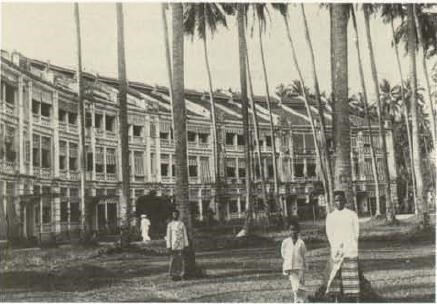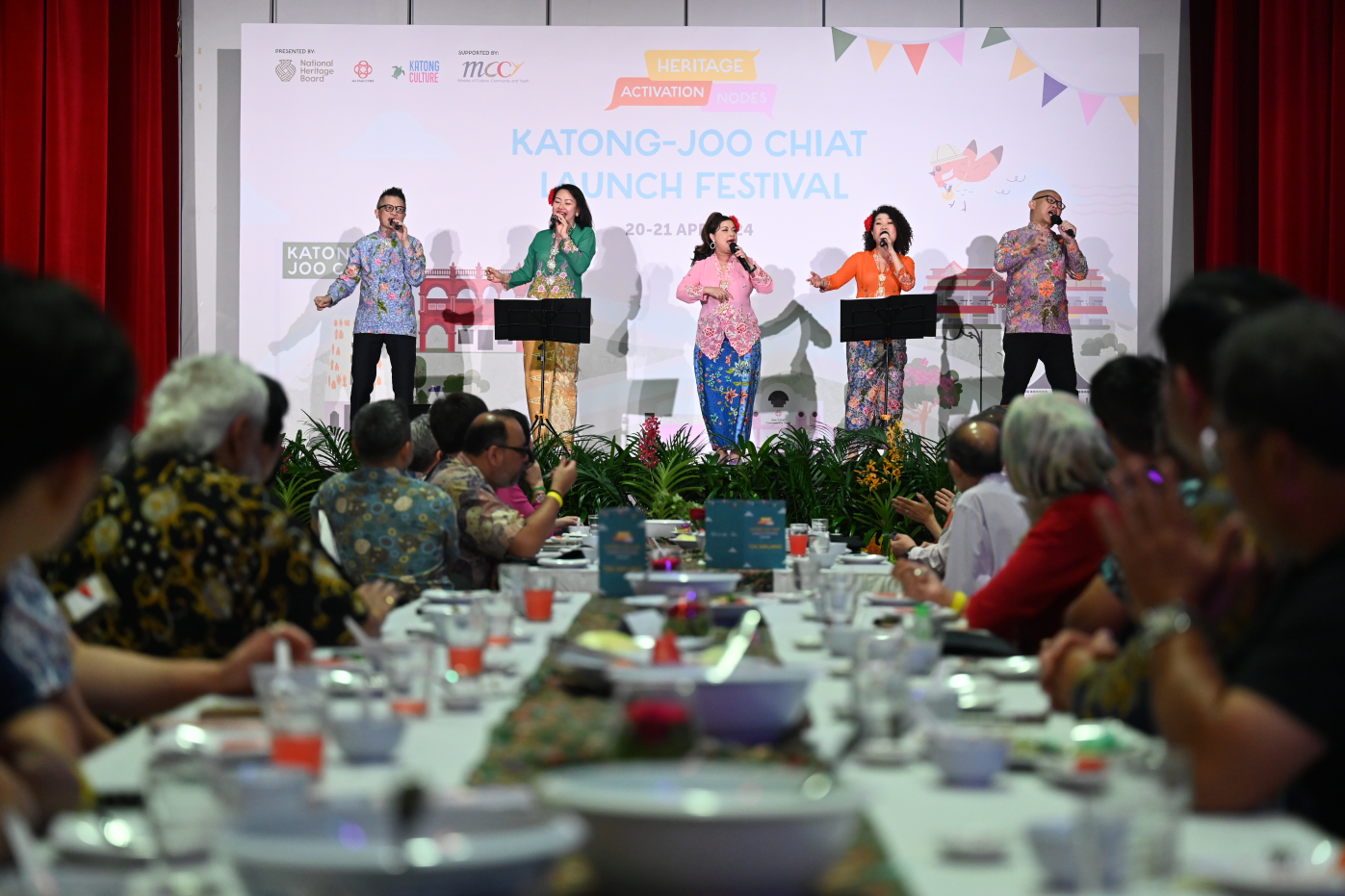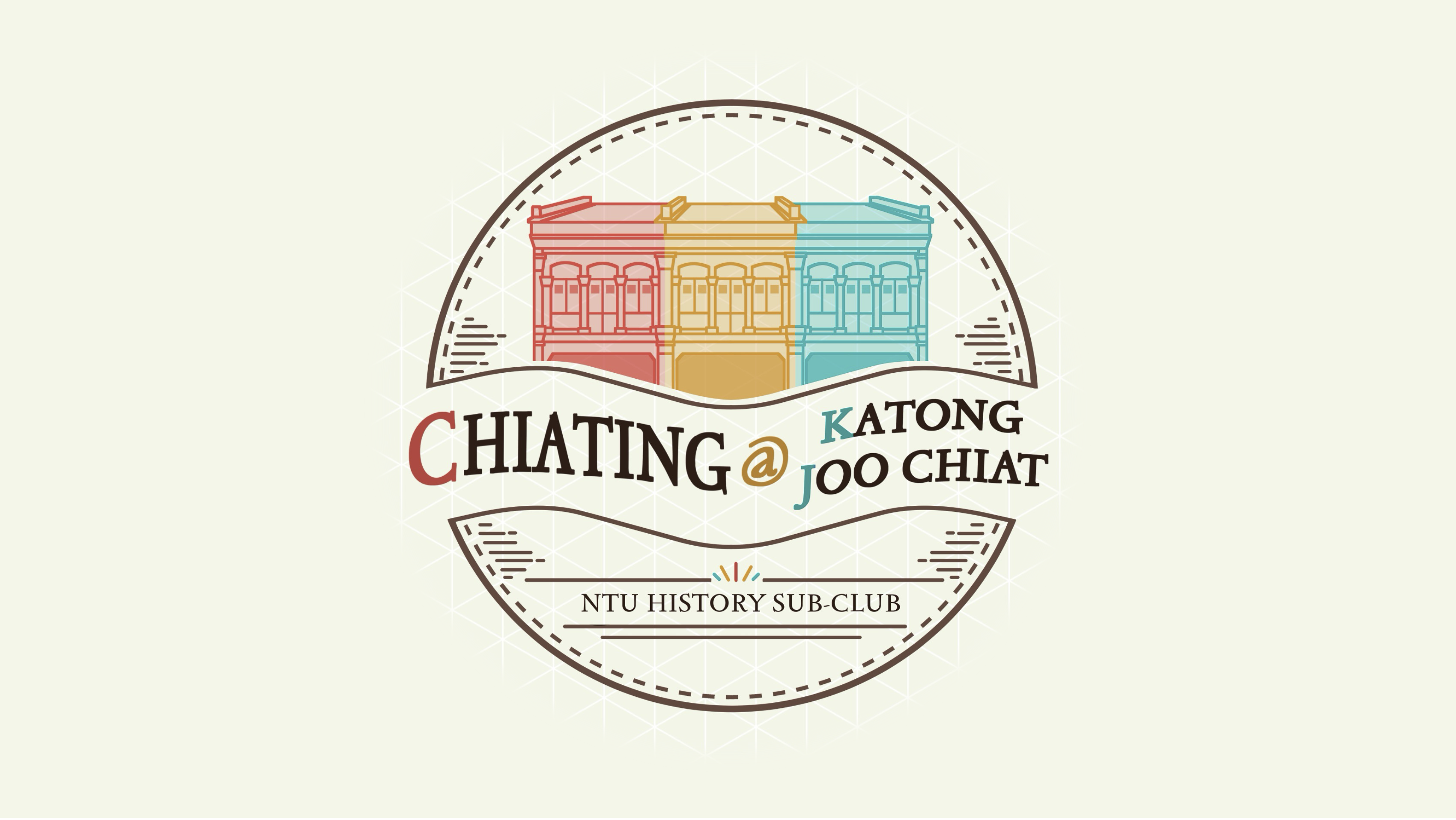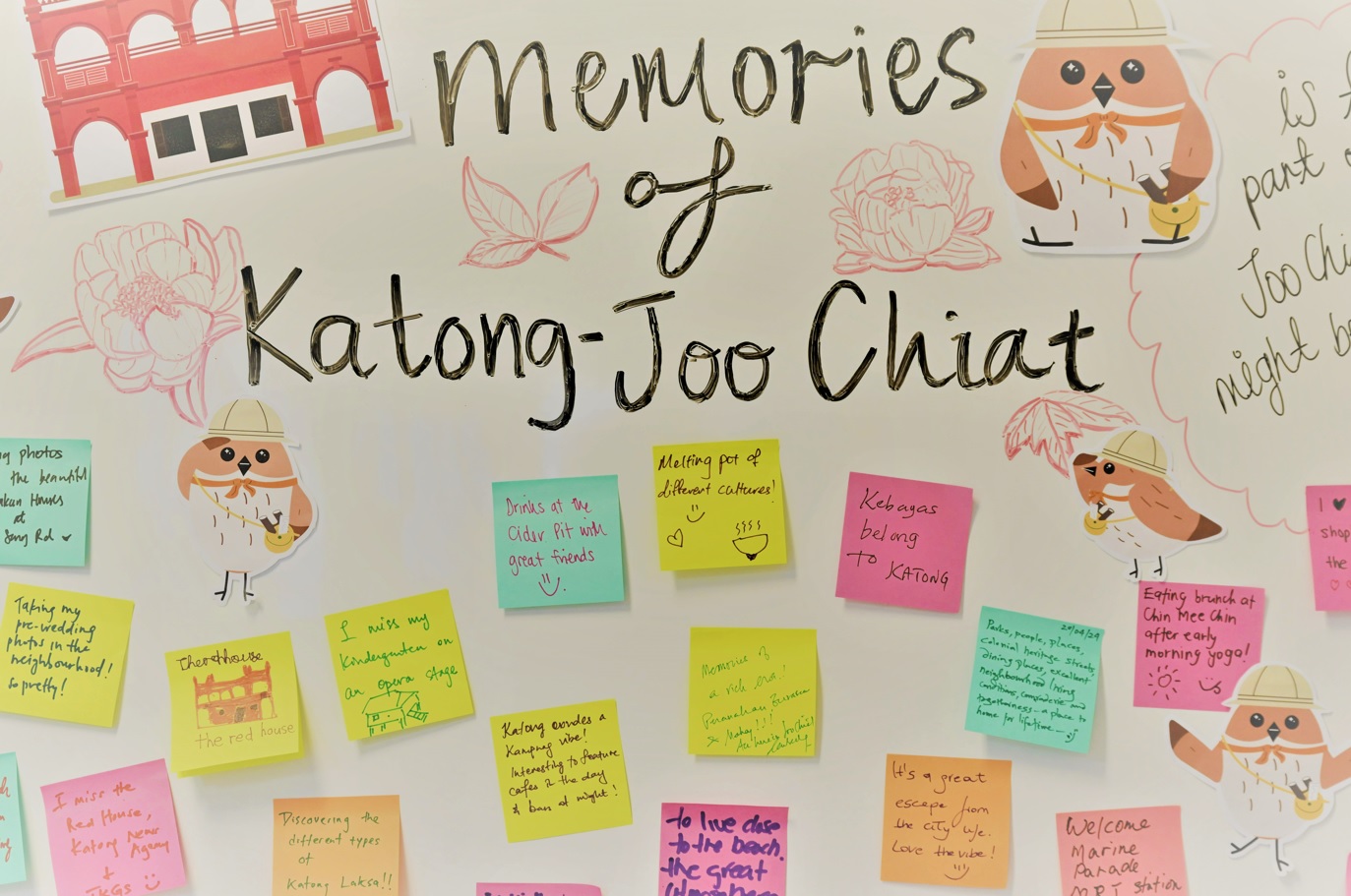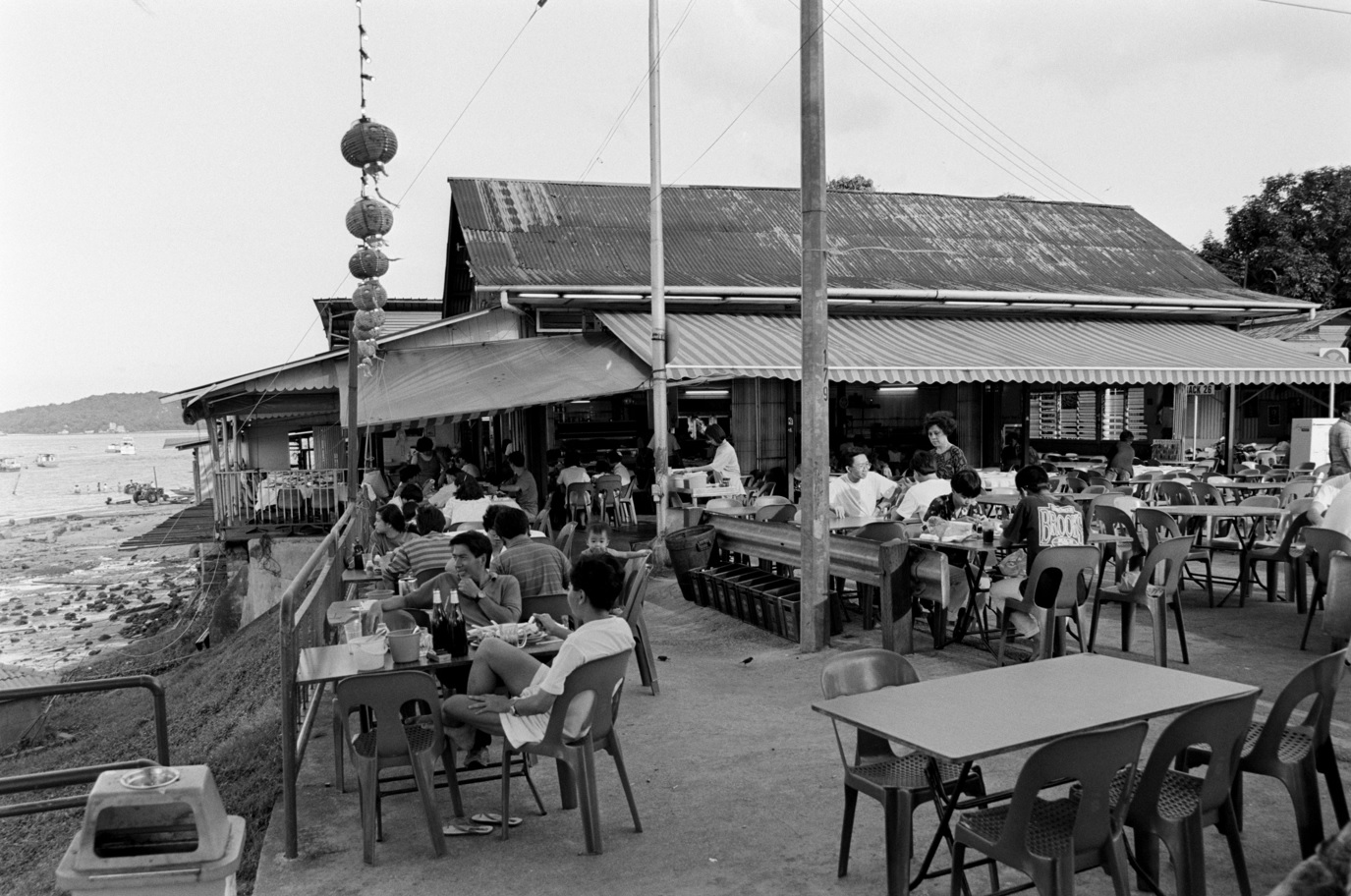Description
Explore the rich heritage of Katong-Joo Chiat with a series of self-guided activity handbooksdesigned by Ngee Ann Polytechnic students. Tailored for families with young children and youths, these printable resources feature captivating puzzles and activities, offering an immersive and interactive journey to connect with the area's vibrant history and culture at one's own pace.
Chin Mee Chin Confectionery
Chin Mee Chin Confectionery is a coffee shop on East Coast Road beloved for its kaya toast. The Hainanese kopitiam exudes an old-world charm with its ceiling fans, marble-top tables, and distinctive green floor tiles. Founder Tan Hui Dong got his start in the bread business by delivering bread with his Hainanese clansmen to the Peranakan households living in private residences along Joo Chiat. In 1925, Tan had the opportunity to take over the bakery business from its original owners, and Chin Mee Chin began operations from the shop. Learn more about Chin Mee Chin here.
Katong Bakery & Confectionery
Katong Bakery & Confectionery was affectionately known as Red House Bakery for the red façade of its two-storey shophouse. Established in 1925 by a Jewish man, Jim Baker, the business was later taken over for the price of $600 by Hainanese seaman Tan Siang Fuan. Besides serving as a popular hangout spot for Katong residents, the shop was also equipped with matchmaker’s screens which were used by prospective couples for matchmaking sessions over tea. The present day shophouse has been restored as a mixed-use heritage development, retaining its iconic red façade.
Katong Flower Shop
Katong Flower Shop is a florist that was established in 1948 and originally located on East Coast Road. In post-war Singapore, the local flower business bloomed as flowers were required for weddings and other ceremonies. Katong Flower Shop was set up by Low Teck Cheng, former president of the Singapore Florist Association, and reportedly the first to start a floral franchise in Singapore, taking international orders from 141 countries. Low’s son, Royston Low, eventually joined the family business; he was known in the Katong community for treating sick plants for free.
Koon Seng Road
Along Koon Seng Road, picturesque two- and three-storey shophouses adorn the street with their colourful and ornate designs, many of them sporting distinct Peranakan or Chinese styles. Most of the shophouses were built in the 1920s and 1930s and were gazetted for conservation in 1991.
Old Sea View Hotel
Old Sea View Hotel was opened in Tanjong Katong in 1906 during Singapore’s hotel boom. Originally a seaside colonial bungalow surrounded by coconut trees, the hotel was one of the first to be opened outside of the town centre. Under a succession of proprietors, the hotel underwent extensive renovations over the years, including the installation of a sea swimming pool with reinforced barriers to protect guests from sharks. Following worker strikes in the 1960s, the hotel closed in 1964. A new Sea View Hotel was opened nearby in 1969, but this too has since been demolished.
Roxy Cinema
Roxy Cinema was a landmark institution screening Chinese, English, Malay and Hindustani movies in the early and mid-20th century. The cinema was so popular that audiences would rush to reserve seats by tying handkerchiefs to the armrests, and there was even a black market for tickets to sold-out screenings. Roxy Cinema ceased its operations in 1978.
Tay Buan Guan Supermarket
Tay Buan Guan Supermarket, one of Singapore’s earliest supermarkets, was established on East Coast Road in 1948 by hawker-turned-entrepreneur Tay Leck Teck. The supermarket was frequented by Katong residents and was viewed as an upmarket place to shop with competitive pricing. However, as modern shopping centres opened in the 1970s-80s, Tay Buan Guan Supermarket gradually lost its appeal and the building was put up for sale in 2001.
Advertisement featuring the Tay Buan Guan Supermarket in the Katong Shopping Centre, 1971. Image from Pesta Derama Sriwana antara Sekolah-Sekolah, 1971 by Sriwana (1971), available in NLB’s collection. View this image here.
About National Library Board
The National Library Board (NLB) nurtures Readers for Life, Learning Communities and a Knowledgeable Nation by promoting reading, learning and history through its network of 28 libraries, the National Library and the National Archives of Singapore. NLB also forges strategic partnerships that encourage awareness, appreciation and greater discovery of Singapore’s history through its rich collections on Singapore and the region.





